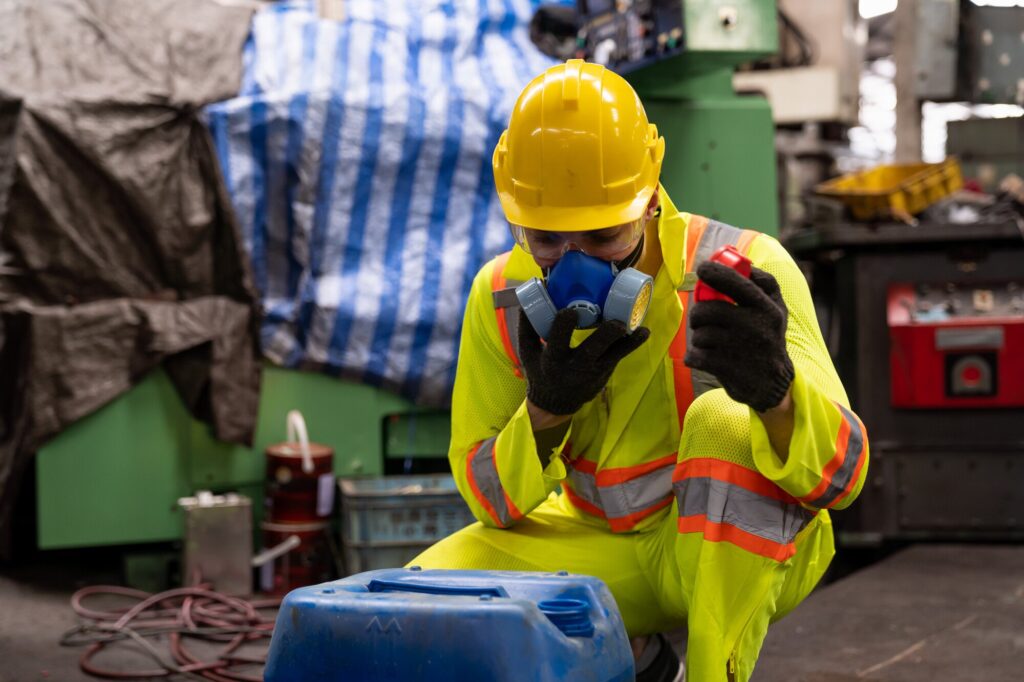Have you ever thought about how many harmful materials might be around your workplace?
From cleaning products to industrial chemicals, these substances can be risky if not handled carefully. Many companies don’t realize how common these dangers are. Keeping your team safe from hazardous materials isn’t just a rule-it’s the right thing to do.
By training your employees and building a strong safety culture, you can protect everyone and boost productivity. Ready to learn more? Keep reading!
Understanding Hazardous Materials
Hazardous materials are substances that can harm people, property, or the environment. They can come in solid, liquid, or gas form. Knowing how to identify them is the first step in keeping everyone safe at work.
Many injuries and illnesses happen because of the unsafe handling of these materials. That’s why it’s important for every company to understand what these materials are, how they behave, and what risks they bring.
Proper Handling Techniques
Safe handling of hazardous materials starts with proper employee training. SDS training for employers helps workers learn how to manage these materials safely.
Training also teaches them what personal protective equipment (PPE) to use and what to do in case of an emergency. It’s also important to label all materials clearly, store them in well-ventilated areas away from other chemicals, and use safe containers when moving them.
Regular checks for leaks or damage help prevent accidents. With the right training and care, handling hazardous materials becomes safer and more controlled.
The Role of Safety Data Sheets (SDS)
Safety Data Sheets, or SDS, are key tools for managing hazardous materials. These sheets explain the properties of each substance, how to use them safely, and what to do in an emergency.
Employers must make sure SDS are easy for everyone to find and read. Workers should be trained to understand the information on these sheets.
When employees use SDS properly, they gain confidence and awareness, reducing the chances of accidents. Keeping SDS accessible and updated helps build a safer and more informed workplace.
Emergency Preparedness and Response
Even with strong safety rules, accidents can still happen. That’s why every workplace needs a clear emergency plan. This plan should include what to do if someone is exposed to a hazardous material, where to go during an evacuation, and how to report the incident.
Regular drills are important so employees know their roles and feel confident during real emergencies. Reviewing and updating the plan helps make sure it stays effective. Being prepared is the best way to protect people when something unexpected happens.
Creating a Culture of Safety
Workplace safety should not be treated like a checklist-it should be part of the company’s culture. When everyone cares about safety, accidents become less likely.
Letting employees share their ideas and concerns helps them feel involved and valued. A strong safety culture creates teamwork, trust, and a shared goal of keeping everyone safe every day.
Safeguarding Your Workplace
Keeping your team safe from hazardous materials is one of the most important things a company can do. By providing the right training, following safe handling steps, and building a strong safety culture, you protect both your employees and your business. Start applying these practices today and make your workplace a safer, stronger place for everyone. Your team deserves nothing less.
Did you find this article helpful? You can check out our website for more awesome content like this.






